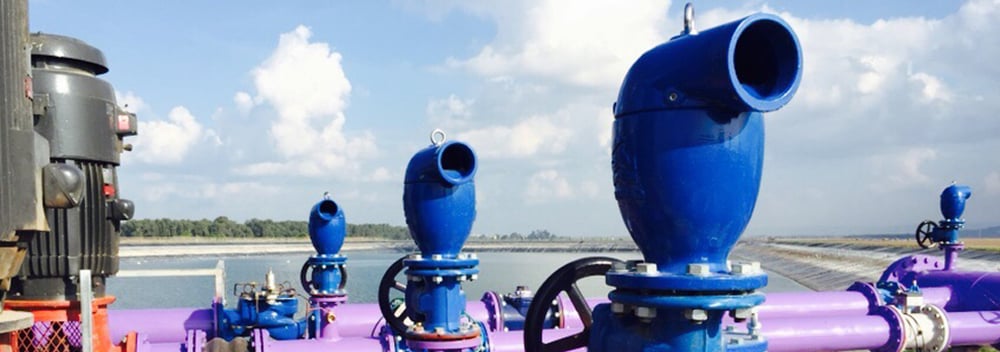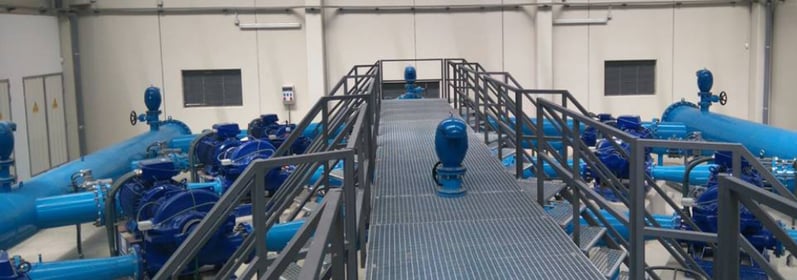In a recent BERMAD webinar, “Optimal Air Valve Selection for Water Systems,” our application engineer Tal Levi presented tools to optimize the selection of air valves, parameters affecting performance, and premature kinetic closure.
He also reviewed research from the University of Valencia which compared the performance of various air valves and addressed whether it’s correct to choose an air valve based on its inlet size.
<<Missed the webinar? Watch Now>>
During the webinar, questions regarding valve selection were addressed:
1.Is there a disadvantage to oversizing air valves?
The main risk of oversizing is during air relief, whether during pipeline filling or pressure transients.
When air evacuates too fast (air valve is too large), then the water also flows towards the air valve at high velocity, which potentially creates “slam” (secondary pressure surge due to air valve closure).

<<Missed the webinar? Watch Now>>
2.Is there any single coefficient which provides an indication about the air valve flow capacity?
Technical literature mentions the Cd factor, which refers to the efficiency/capacity of the air flow through an orifice, nozzle, or air valve. The main disadvantage is that the literature refers to various formulas which calculate the Cd using different methods, when all methods must be carried out based on actual measurement. That’s why the most accurate comparison is to examine the actual measured air valve flow curve.
3.What are the recommended steps for specifying air valves in a project?
-
Define the required air intake & relief capacity (to provide protection from vacuum and surges, allow pipeline filling, etc.)
-
Make sure the air flow curve of the selected air valve is measured at an air flow test bench.
-
Ensure the air valve allows sufficient air intake at the pipeline collapse pressure and air relief at pressure of 0.2 bar (3psi).
-
Verify the premature closing is above 0.2 bar (3psi) with the manufacturer (and insist on an actual measurement that proves it.)

<<Missed the webinar? Watch Now>>
4.What is chock flow through an air valve?
Chock flow refers to the point that additional increase of pressure doesn’t increase the flow. According to physics and the actual measurement, the chock values are:
-
Air relief is chocked at inline pressure of +0.9 barg (+9 m H2O), +13psi.
-
Air intake is chocked at inline pressure of -0.5 barg (-5 m H2O), -7.3psi.
As a result, the actual air flow curve of any air valve is not symmetric (air relief vs. intake).

5.Is the University of Valencia research applicable to other air valves (such as C30 or C50)?
The research focused on metal air valves for clean water only. Additional measurements which BERMAD has carried out over the years on different air valves (including composite materials and non-clean air valves) using our inhouse Air Flow test demonstrate the same conclusion.
Key conclusions show a variance of up to 500% in the actual air flow capacity of various DN80, 3” inlet connection air valves and show that air valve selection must be based on the size of the kinetic orifice, premature closing of at least 0.2bar (3psi), and air flow curves. For optimal results, we recommend selecting air valves based on actual measurements (including negative pressure conditions) carried out on a proven and reliable Air Flow test bench.

Optimal Air Valve Selection for Water Systems
Learn some about the factors affecting air flow capacity, the effects of premature closure phenomenon and key insights from research undertaken by the University of Valencia. Register to watch the recording of the webinar.













